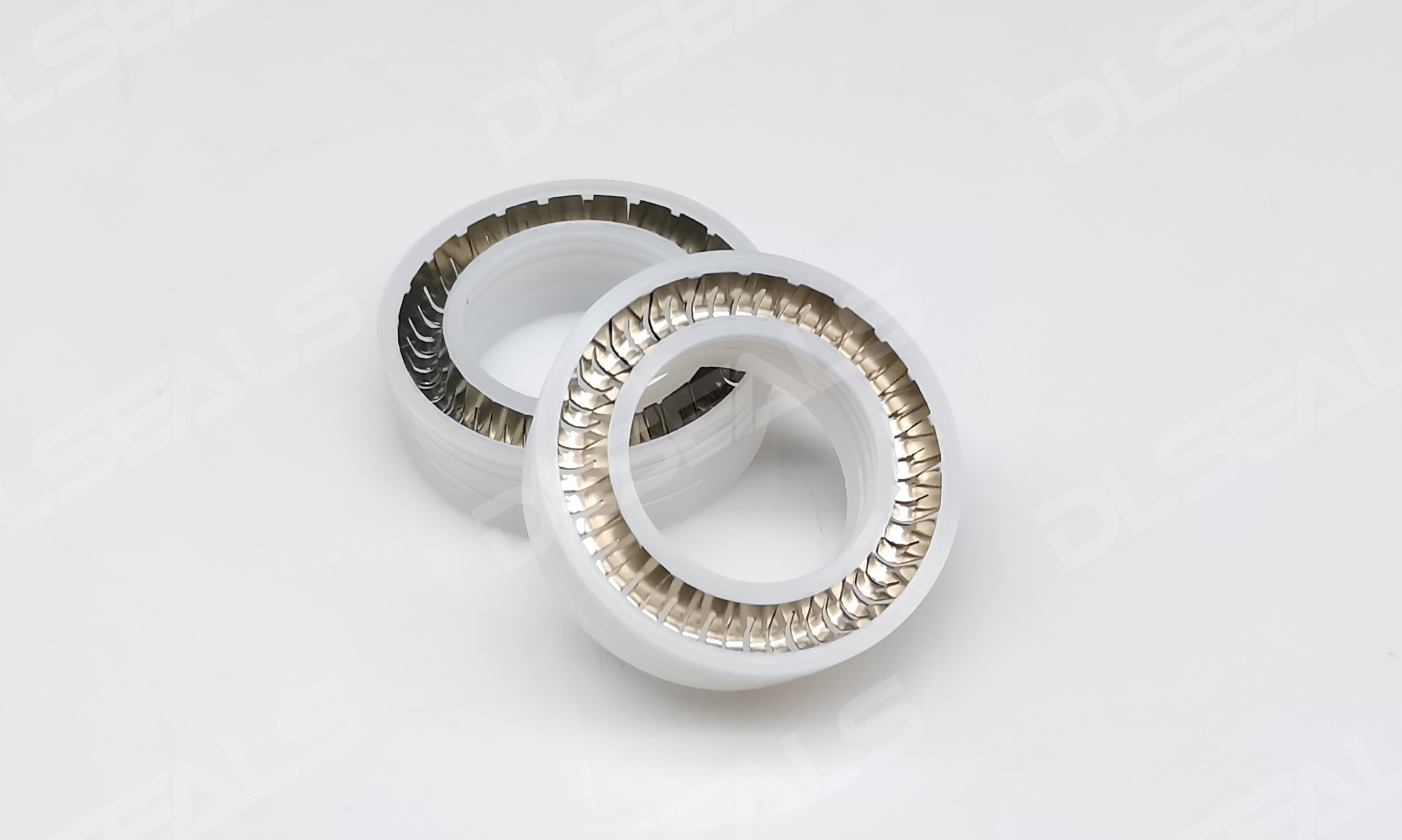Abstract: The effectiveness of a sealing system is paramount to the performance and reliability of mechanical equipment, hydraulic systems, and numerous industrial products. The proper function of a seal depends not only on its intrinsic quality but, more critically, on the machining and measurement accuracy of its installation site—the seal groove. This article provides a systematic elaboration of the key parameters, methods, tools, and quality control points for measuring seal grooves, serving as a practical guide for engineers and quality control personnel.
1. Introduction: The Critical Importance of Precision Measurement
The dimensions of a seal groove (e.g., O-ring groove, rectangular groove) directly dictate the seal’s compression ratio, stretch, and operational state. Minute deviations can result in:
- Insufficient Compression: Leading to media leakage and ultimate seal failure.
- Excessive Compression: Causing seal stress relaxation, permanent set, accelerated wear, and extrusion into clearances, resulting in damage.
- System Failure: Under demanding conditions such as high pressure, extreme temperatures, or dynamic operation, an improperly sized groove can precipitate rapid system failure.
Therefore, the precision measurement of seal grooves is an indispensable环节 of quality control, often holding greater significance than the inspection of the seal itself.
2. Core Measurement Parameters and Technical Standards
All measurements must be conducted with reference to the seal type and its relevant international or national standards (e.g., AS568B, ISO 3601-1). The core parameters include:
- Groove Width
- Definition: The linear distance between the two lateral walls of the groove.
- Measuring Tools: The internal measuring jaws of a Vernier Caliper are the primary tool. For shallow and accessible grooves, a direct measurement is sufficient. For deep bores or narrow grooves, a set of Pin Gauges can be used for a go/no-go assessment, followed by measuring the selected pin gauge with a micrometer.
- Key Point: Measure the width at multiple axial locations along the groove to verify consistency and assess cylindricity.
- Groove Depth
- Definition: The perpendicular distance from the component’s mating surface to the bottom of the groove.
- Measuring Tools: The depth rod of a Vernier Caliper is the most common instrument. Ensure the caliper’s base is seated flatly on the component surface and the depth rod contacts the bottom vertically.
- Key Point: Take measurements at multiple points distributed evenly around the circumference to evaluate the flatness or roundness of the groove bottom. For miniature grooves, a Depth Micrometer with a pointed anvil enhances accuracy.
- Groove Diameter
- Definition: A critical distinction is made between piston (rod) grooves and housing (bore) grooves.
- Groove I.D. (Inside Diameter): The bottom diameter of a groove on a piston.
- Groove O.D. (Outside Diameter): The bottom diameter of a groove within a housing bore.
- Measuring Tools:
- Vernier Caliper: Suitable for measuring external, accessible grooves where supreme accuracy is not mandated.
- Bore Gauge (Dial or Digital): The reference standard tool for measuring the root diameter of bore grooves. It must be zeroed and calibrated against a master ring gauge or external micrometer. The gauge is then gently rocked in the groove to find the true minimum reading.
- Coordinate Measuring Machine (CMM): For high-precision components with complex geometries, a CMM provides comprehensive 3-dimensional data, including diameter, roundness, and positional tolerances.
- Definition: A critical distinction is made between piston (rod) grooves and housing (bore) grooves.
- Key Derived Parameters: Compression Ratio and Stretch Ratio
- The ultimate objective of raw data collection is to compute these two pivotal parameters.
- Compression Ratio (%) =
[(Seal Cross-Section Diameter - Groove Depth) / Seal Cross-Section Diameter] * 100% - Stretch Ratio (%, primarily for piston seals) =
[(Groove I.D. + Seal Cross-Section Diameter) / Seal Inner Diameter] * 100% - The results must be compared against standard recommended values (e.g., typically 15-30% compression for static seals) for final acceptance judgment.
3. Auxiliary Quality Control Elements
Beyond dimensional accuracy, the following elements are critical and require verification with specialized instruments:
- Surface Roughness: Measured using a Surface Roughness Tester. The groove bottom and sidewalls often require different roughness average (Ra) values (e.g., bottom Ra ≤ 3.2 μm, sidewall Ra ≤ 1.6 μm). A smooth finish prevents leakage and wear; excessive roughness can score and cut the seal.
- Chamfer and Edge Radii: All sharp edges leading into the groove must feature an appropriate chamfer or radius (typically ≥ 20° chamfer or ≥ 0.1 mm radius). Sharp edges are highly likely to cut, nick, or shave the seal during assembly, creating invisible initial damage. This is typically verified by visual inspection or with an Optical Comparator.
- Cleanliness: The groove must be entirely free of machining burrs, chips, and contaminants. Thorough cleaning before and after measurement is essential, as debris compromises measurement accuracy and can irreparably damage the seal upon installation.
4. Best Practices for the Measurement Procedure
- Clean the Component: meticulously clean the groove and its surrounding area using lint-free wipes and appropriate solvents.
- Calibrate Tools: Zero all measuring instruments or calibrate them using certified reference standards (e.g., gauge blocks) prior to use to ensure traceable accuracy.
- Multi-Point Measurement: Perform measurements at a minimum of four points circumferentially and 2-3 locations axially to comprehensively assess size tolerance, roundness, cylindricity, and other form errors.
- Record Data: Meticulously document all measured values and compare them directly against the engineering drawing specifications.
- Calculate and Verify: Compute the compression and stretch ratios using the formulas. Verify that the results fall within the recommended application range.
- Holistic Assessment: Make a final pass/fail decision based on the confluence of all factors: dimensions, surface finish, edge condition, and cleanliness.
5. Conclusion
It demands that operators possess a profound understanding of sealing principles, demonstrate proficiency with metrology tools, and uphold a meticulous quality ethos. By rigorously adhering to standardized measurement protocols and strictly controlling groove dimensions, geometry, and surface integrity, the long-term reliability and leak-free performance of the sealing system are fundamentally assured, thereby underpinning the product’s overall functionality and service life.
Post time: Sep-16-2025

